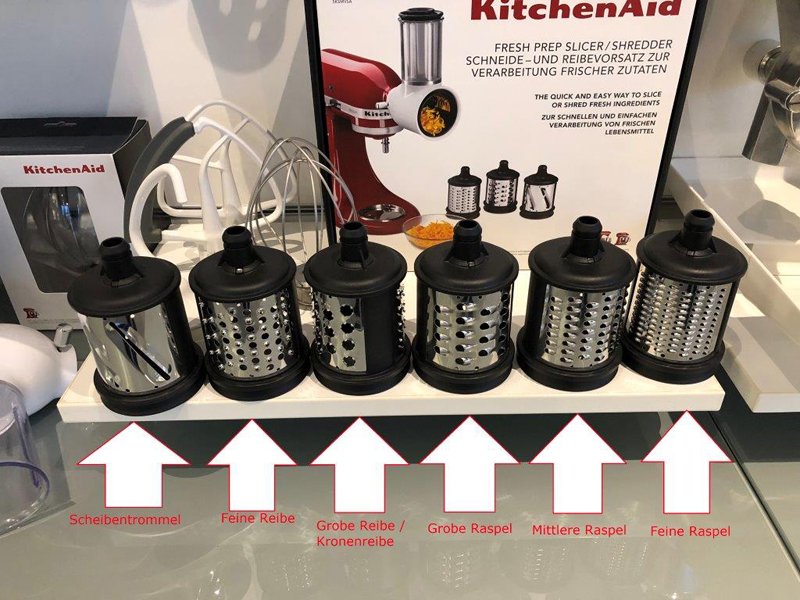
Küchenmaschine KITCHENAID 5KSM175PSEPT Artisan Küchenmaschine Pistazie (Rührschüsselkapazität: 4,8 Liter, 300 Watt) | MediaMarkt
Küchenmaschine KITCHENAID 5KSM175PSESP Artisan Küchenmaschine Silk Seiden Pink (Rührschüsselkapazität: 4,8 Liter, 300 Watt) | MediaMarkt
















